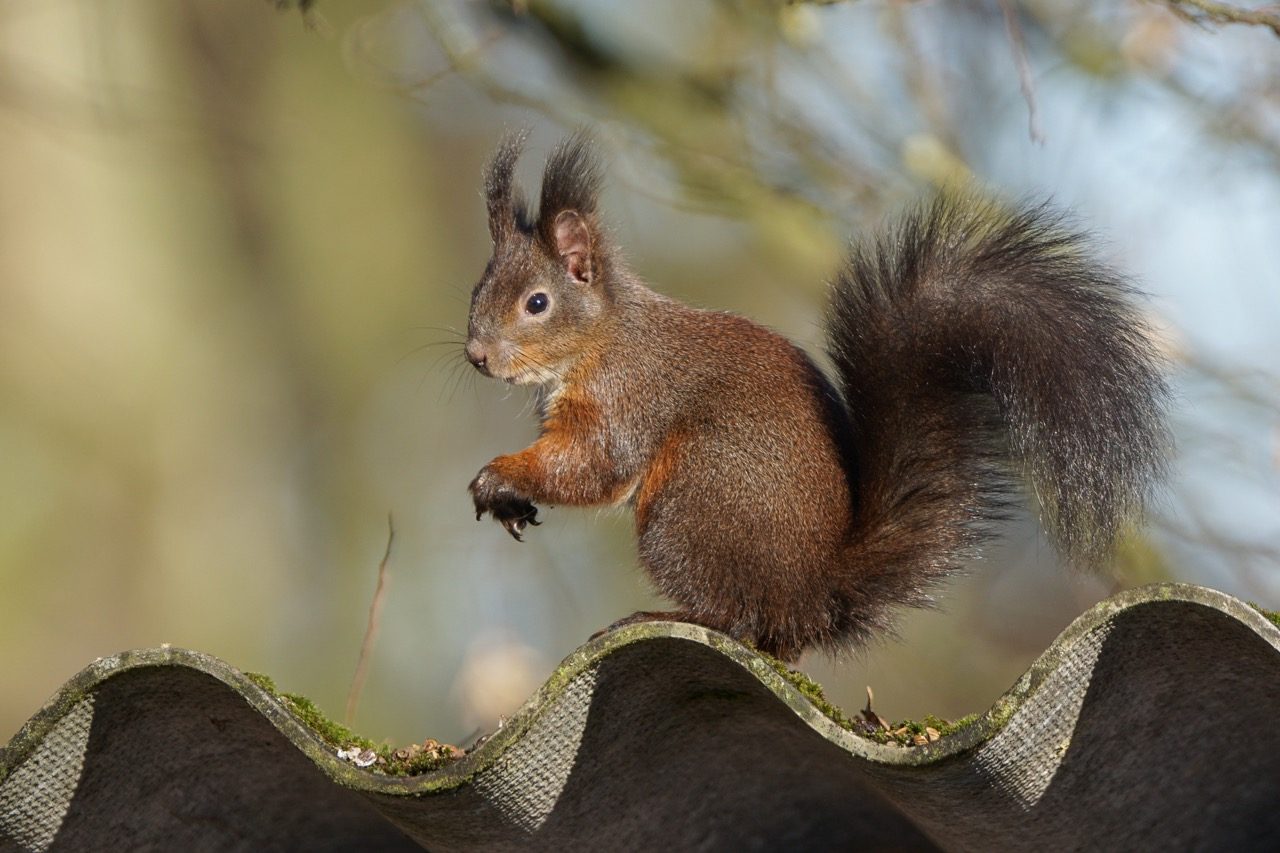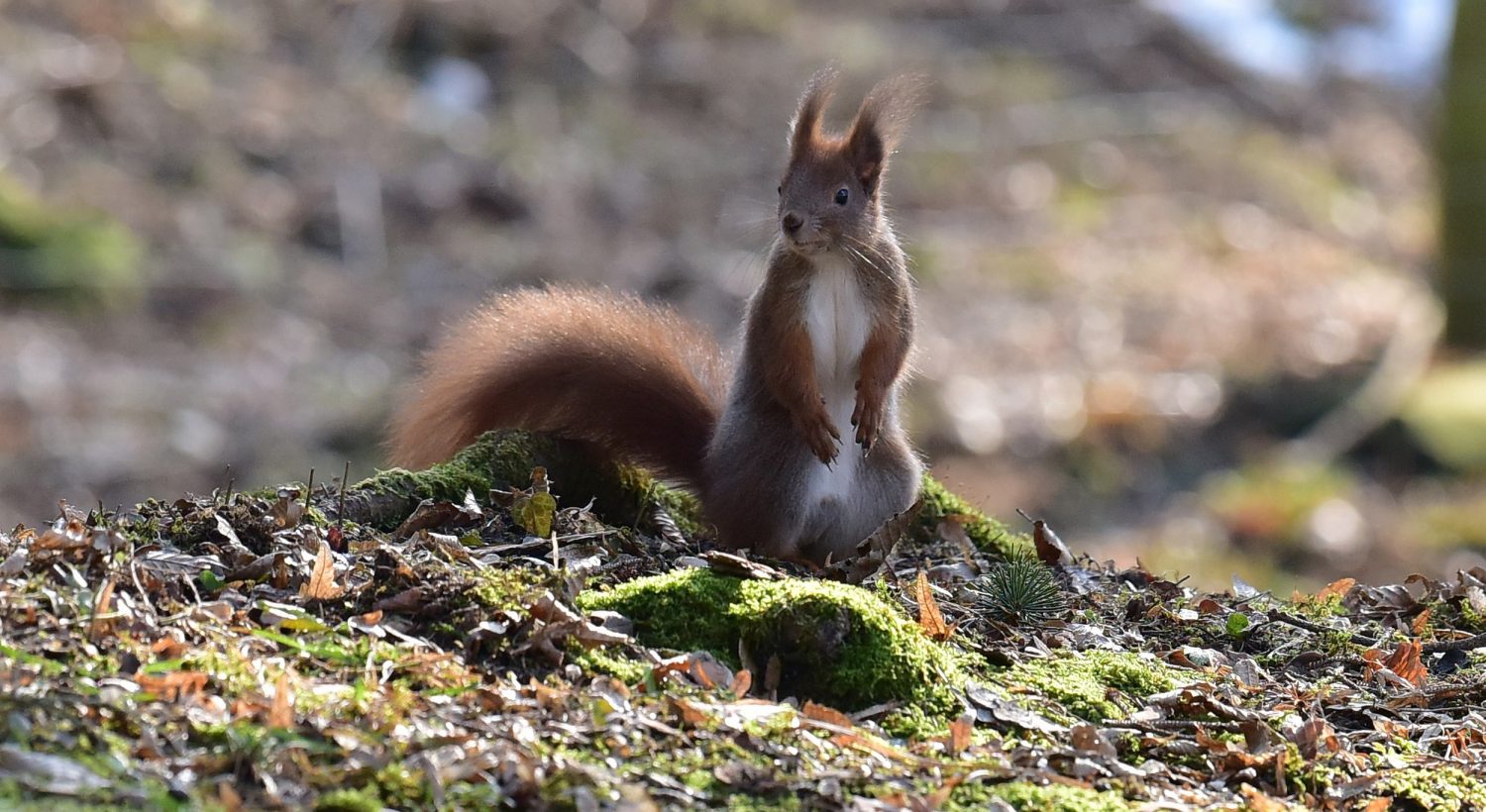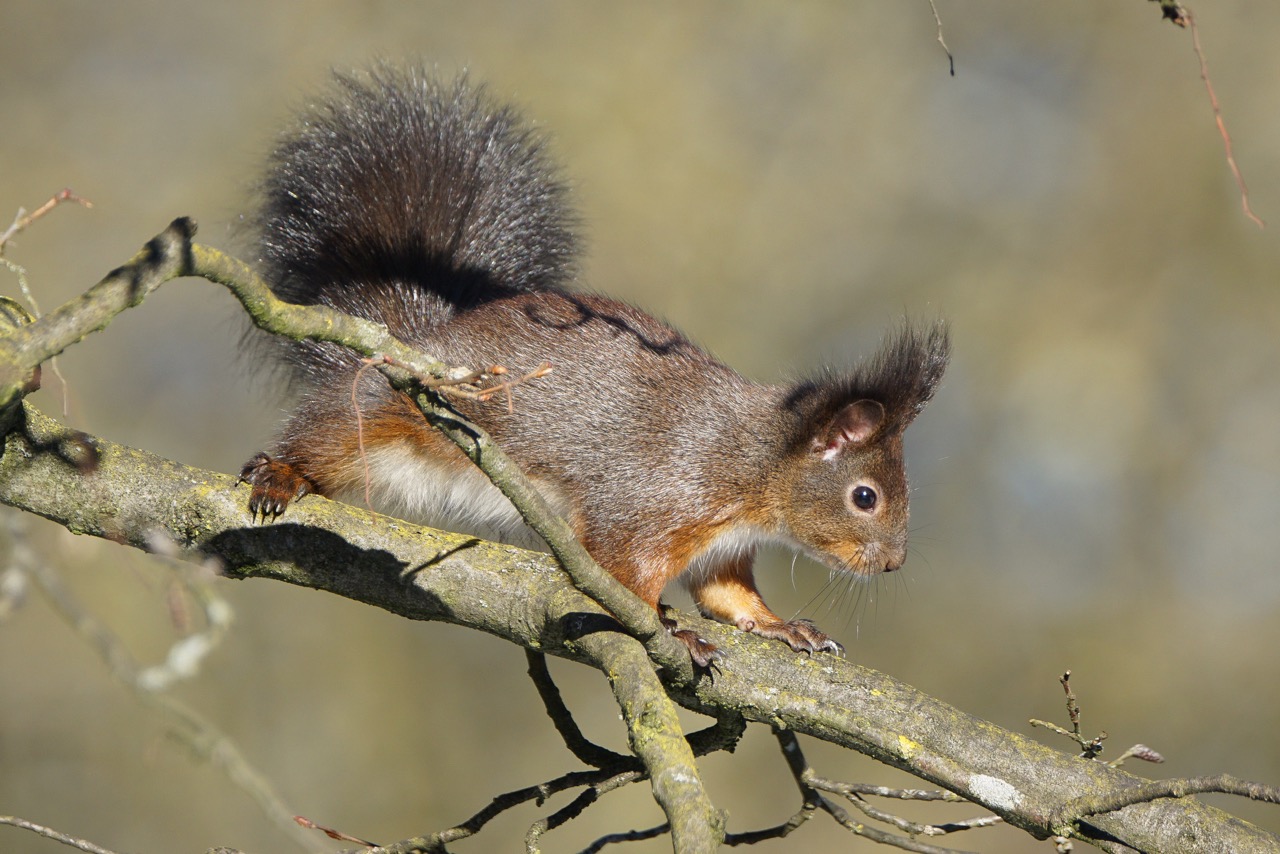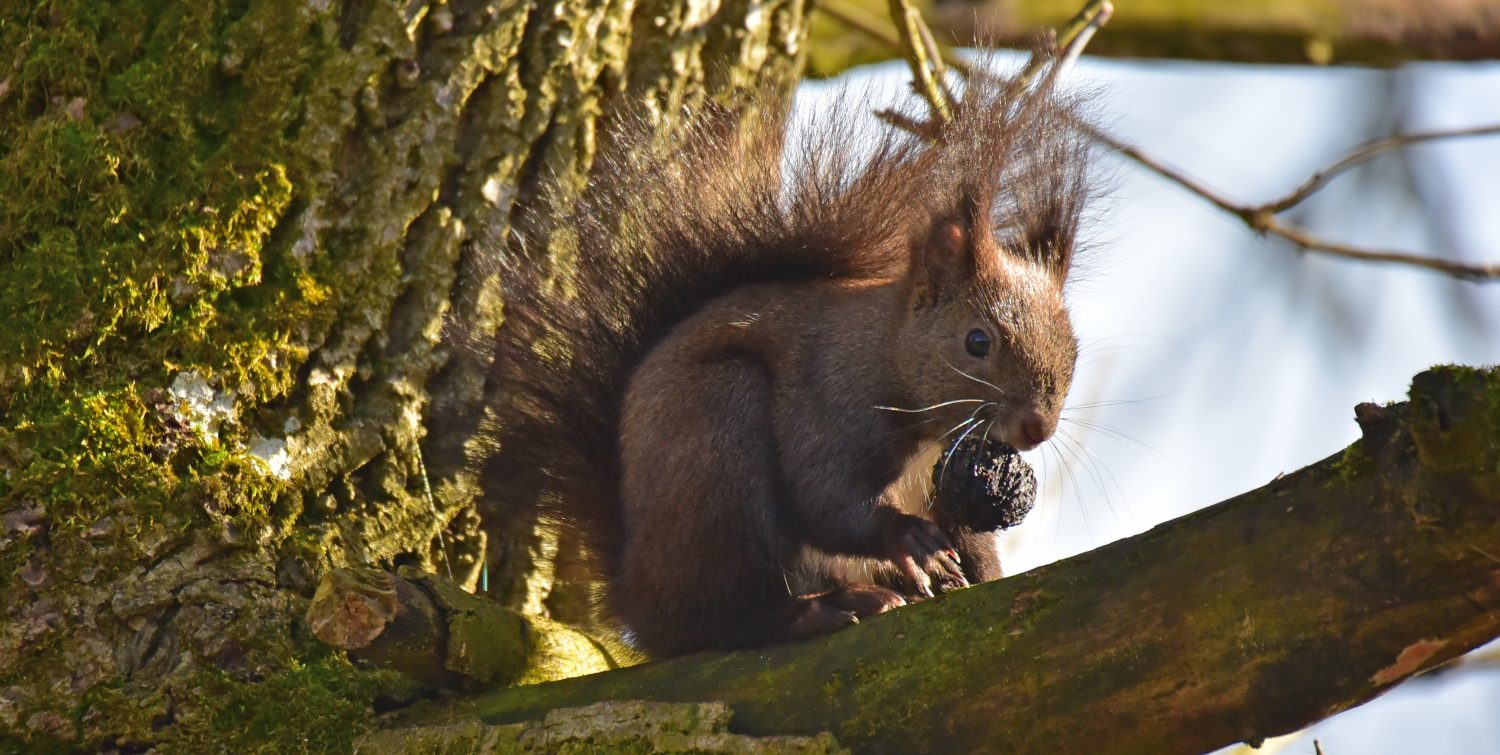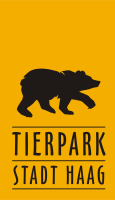Squirrel
Sciurus vulgaris
Appearance: A slender body with a bushy tail, a short pointed muzzle and whiskers, a broad forehead and no cheek pouch. There are ear tufts on both ears. The red coat looks greyish in winter, sometimes almost black.
Nest: Squirrels build their nests at a height of 5 to 15 meters in branch forks from old trees. The drey is made of brushwood and moss. On the inside it is padded with grass, raffia, lichens, moss, feathers and wool. And the outside is covered with leaves.
A drey has at least 2 exits. The main entrance is directed downwards.
Squirrels build several nests: one for the breed and another for protection and sleeping. When there’s danger, they simply move into another drey.
Propagation: Squirrels mate from spring to summer. For a short time, the couple moves in the same drey. The gestation period lasts 38 days. During this time, the male is expelled from the territory. 2 – 6 blind, rosy and naked young are born. The little nestlings get their coats with 10 – 13 days and open their eyes with 30 days. Around 45 days, after they were born, they leave their nest for the first time and after 8 weeks they get independent.
Special features: Squirrels are excellent at climbing and jumping. They belong to the best known wild mammals here. They change their coats 2 times a year.
Squirrels store food for the winter and bury it in the ground. They can also smell cones of conifer wood 30 cm under the snowpack.
The tail is very important. It helps the squirrel to keep the balance while climbing in the branches. It also serves as a steering when the squirrel jumps and as a thermal insulation during hibernation.
Enemies: pine marten, weasel, eagle owl, hawk, buzzard

